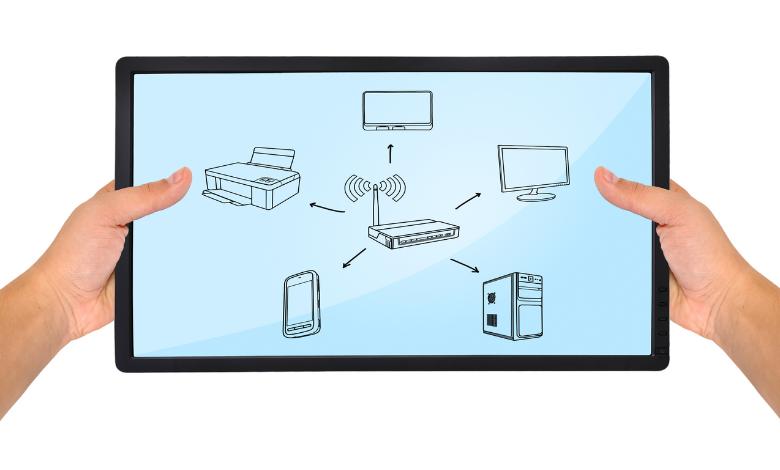 In today’s digitally connected world, having a wireless printer is a game-changer. No more fussing with tangled cables or worrying about whether your printer is conveniently located near your computer. Connecting a printer to WiFi opens up a world of possibilities, making it easier than ever to print documents and photos from any device in your home or office. In this comprehensive guide on how to connect a printer to WiFi, you will learn how to wirelessly connect any printer to the Internet, regardless of whether you are using Windows or Mac. We’ll also cover some troubleshooting tips and real-life examples to make this task a breeze.
In today’s digitally connected world, having a wireless printer is a game-changer. No more fussing with tangled cables or worrying about whether your printer is conveniently located near your computer. Connecting a printer to WiFi opens up a world of possibilities, making it easier than ever to print documents and photos from any device in your home or office. In this comprehensive guide on how to connect a printer to WiFi, you will learn how to wirelessly connect any printer to the Internet, regardless of whether you are using Windows or Mac. We’ll also cover some troubleshooting tips and real-life examples to make this task a breeze.
-
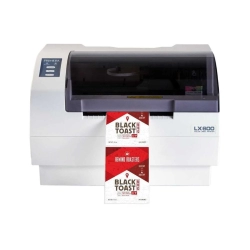 Primera LX600 Color Label Printer SKU: LX600$1,995.00
Primera LX600 Color Label Printer SKU: LX600$1,995.00
FREE SHIPPING over $199*
Orders before 12PM EST usually Ship Same Business Day -
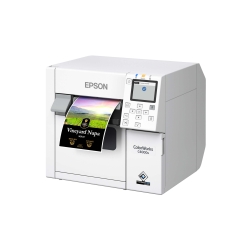 Epson C4000 / CW-C4000 ColorWorks Inkjet Label Printer (Gloss) SKU: C31CK03A9991$2,419.00
Epson C4000 / CW-C4000 ColorWorks Inkjet Label Printer (Gloss) SKU: C31CK03A9991$2,419.00
FREE SHIPPING over $199*
Orders before 12PM EST usually Ship Same Business Day -
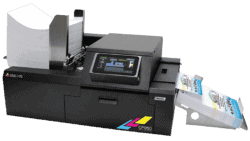 Afinia CP950 Envelope Packaging and Box Color Label Printer SKU: 35256$19,995.00
Afinia CP950 Envelope Packaging and Box Color Label Printer SKU: 35256$19,995.00
FREE SHIPPING over $199*
Orders before 12PM EST usually Ship Same Business Day
Check the Printer Setup
Before you can dive into the world of wireless printing, it’s essential to ensure that your printer is correctly set up. Let’s start by checking your printer setup.
How to Check Printer Setup on Windows
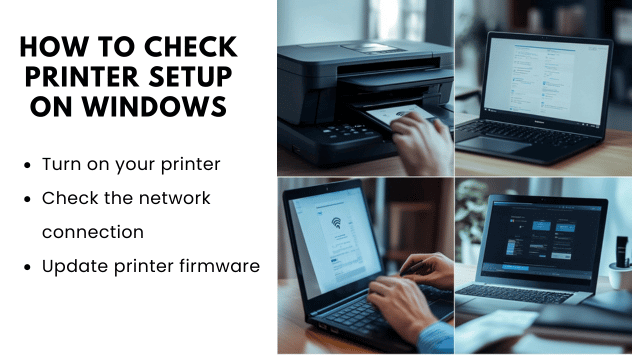
- Turn on your printer: Ensure your printer is ready for use by turning it on. It should display no error messages or issues with its hardware.
- Check the network connection (connect printer to network): Make sure your printer is connected to your computer’s Wi-Fi network. You can usually find this information on the printer’s display screen or by printing a network configuration page from the printer.
- Update printer firmware: Find out if your printer model is compatible with firmware updates by visiting the manufacturer’s website. In order to avoid compatibility issues and improve your printer’s performance, keep your printer’s firmware up to date.
How to Check Printer Setup on Mac
- Power up your printer: Ensure your printer is powered on and ready to use. Like in Windows, there should be no error messages or hardware problems.
- Check the network connection: Ensure that your printer and Mac are connected over Wi-Fi. You can usually find this information on the printer’s control panel or by printing a network status page.
- Update printer software: Find out if your printer has any software updates by visiting the manufacturer’s website. Installing the latest software can help you avoid any compatibility issues.
Connect Your Printer with a Wireless Setup Wizard
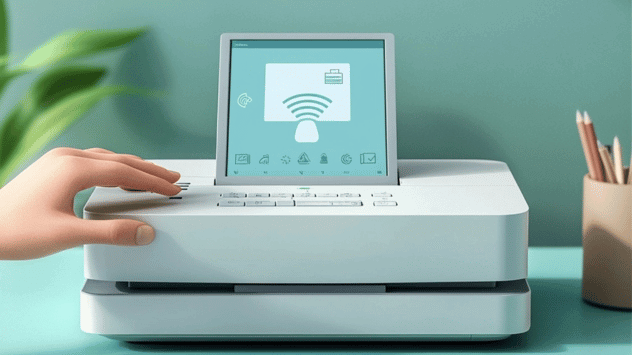
Now that you’ve confirmed your printer’s setup, let’s move on to connecting it to Wi-Fi. We’ll begin with the most common method, using a wireless setup wizard. This method is applicable to various printer brands, including Epson.
How to Connect Your Epson Printer to Wi-Fi
- Access the setup menu: Use the control panel to access your Epson printer’s setup menu.
- Select Wi-Fi setup: Look for an option that allows you to set up a wireless connection. This may be labeled as “Wi-Fi Setup” or “Wireless Setup Wizard.”
- Choose your network: Wi-Fi networks will be displayed on your printer. Once you have selected your network, you will be prompted to enter your Wi-Fi password.
- Complete the setup: The Wi-Fi setup process should be completed following the instructions on the screen. Once finished, your printer should be connected to your Wi-Fi network.
- Test the connection: Print a test page to ensure that your printer is successfully connected to Wi-Fi. If the test page prints without issues, congratulations! Your printer is now wirelessly connected.
-
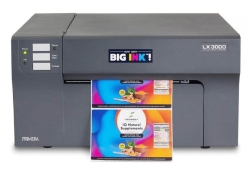 Primera LX3000 Color Label Printer with Big Ink, Pigment Ink SKU: LX3000-pigment$3,195.00
Primera LX3000 Color Label Printer with Big Ink, Pigment Ink SKU: LX3000-pigment$3,195.00
FREE SHIPPING over $199*
Orders before 12PM EST usually Ship Same Business Day -
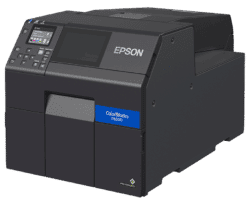 Epson ColorWorks CW-C6000A Matte Color Inkjet Label Printer with Auto Cutter SKU: C31CH76A9981$2,969.00
Epson ColorWorks CW-C6000A Matte Color Inkjet Label Printer with Auto Cutter SKU: C31CH76A9981$2,969.00
FREE SHIPPING over $199*
Orders before 12PM EST usually Ship Same Business Day -
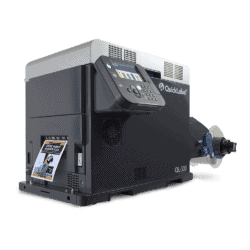 Quick Label QL-300 (120V) Toner CMYK Color Label Printer SKU: 1003-0000002$9,495.00
Quick Label QL-300 (120V) Toner CMYK Color Label Printer SKU: 1003-0000002$9,495.00
FREE SHIPPING over $199*
Orders before 12PM EST usually Ship Same Business Day
Connect Your Printer to Wi-Fi with WPS
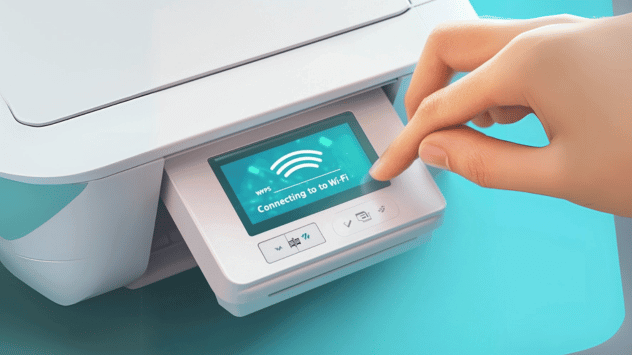
Another convenient method for connecting your printer to Wi-Fi is by using WPS (Wi-Fi Protected Setup). This is a quick and straightforward way to establish a connection, especially if your router supports WPS.
How to Connect Your Epson Printer to Wi-Fi with WPS
- Enable WPS on your router: Turn on WPS mode by pressing the WPS button on the router. Consult your router’s manual if you’re not sure where to find the WPS button.
- Access WPS on your printer: On your Epson printer, navigate to the Wi-Fi setup menu, as mentioned earlier. This time, choose the WPS option.
- Press the WPS button: Follow the on-screen instructions to press the WPS button on your printer. It will attempt to establish a connection between the printer and the router.
- Wait for the connection: Give it a moment. Your printer should connect to your Wi-Fi network automatically once the process is complete.
- Test the connection: As always, print a test page to confirm that your printer is successfully connected to Wi-Fi.
Factory Reset Your Printer
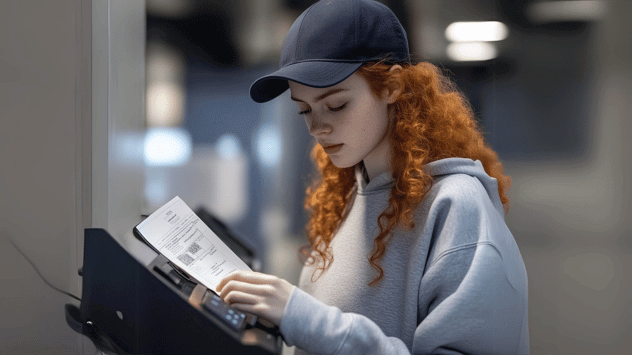
If you’re experiencing persistent connectivity issues or have made significant changes to your network, you may need to consider a factory reset of your printer. Keep in mind that this will erase any custom settings, so proceed with caution.
How to Factory Reset Your Epson Printer
- Access the reset menu: Choose the option for a factory reset from the Epson printer’s settings menu. There may be a difference, depending on the printer model.
- Initiate the reset: Follow the on-screen instructions to initiate the factory reset. You may need to enter a confirmation code or press specific buttons as directed.
- Wait for the reset: It may take a few minutes for the printer to reset. The printer will restart once the process is complete.
- Reconfigure your printer: After the factory reset, you’ll need to go through the initial setup again, including connecting it to Wi-Fi.
Install and Update Drivers
To ensure seamless communication between your computer and your newly connected wireless printer, it’s crucial to have the correct drivers installed. Let’s go through the steps for both Windows and Mac.
How to Install and Update Drivers on Windows
- Visit the manufacturer’s website: Go to the website of your printer’s manufacturer (e.g., HP, Canon, or Epson) and navigate to the support or drivers section.
- Enter your printer model: To find the drivers for your specific printer model, you can use the search function or browse the available models.
- Download and install: Download the latest driver software compatible with your version of Windows. Follow the instructions provided by the manufacturer when installing the product.
- Update existing drivers: If you already have printer drivers installed, it’s a good practice to check for updates. Visit the manufacturer’s website again and look for any driver updates for your printer model.
- Test the printer: After installing or updating the drivers, print a test page to ensure that your computer can communicate with the printer seamlessly.
How to Install and Update Drivers on Mac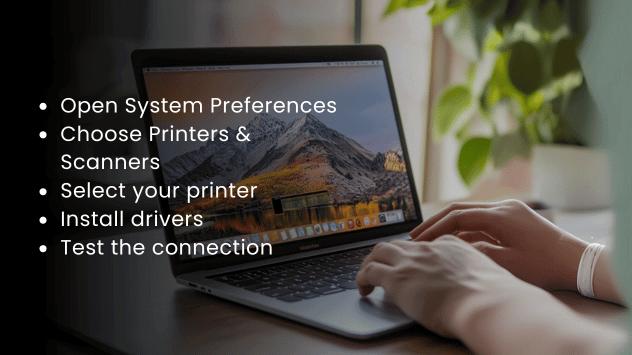
- Open System Preferences: On your Mac, click the Apple menu and select “System Preferences.”
- Choose Printers & Scanners: In the System Preferences window, select “Printers & Scanners.”
- Add a printer: Click the “+” button to add a new printer. Your Mac will automatically search for available printers on your network.
- Select your printer: Select the wireless printer you would like to use from the list of available options. If it is not listed, click “Add Printer or Scanner” on the “Add Printer or Scanner” screen.
- Install drivers (if necessary): Depending on your printer model, macOS may automatically download and install the necessary drivers. If not, you may need to visit the manufacturer’s website and download the Mac-compatible drivers.
- Test the connection: Print a test page to confirm that your Mac can communicate with the printer.
By following these steps, you should now have a fully operational wireless printer connected to your Wi-Fi network. Computer, smartphone, and tablet users can now print with the convenience of a wireless connection.
Where Can You Get Best Label Printers?
You can find the best label printers at TCS Digital Solutions. They offer a wide range of high-quality label printers that cater to various needs and budgets. TCS Digital Solutions is known for its reliable products and exceptional customer service, making it a trusted source for label printing solutions. You’ll find top-notch options from TCS Digital Solutions that ensure professional, efficient labeling for your business or home.
In Conclusion
Connecting your printer to Wi-Fi is a valuable skill in today’s wireless world. Whether you’re using a Windows PC or a Mac, the process involves checking your printer setup, selecting the right connection method, and installing/updating drivers as needed. This article provides step-by-step instructions on how to connect a printer to WiFi, so you can easily connect your printer to Wi-Fi.
Remember that technology can be unpredictable, and sometimes issues may arise. The user manual for your printer or the manufacturer’s support resources can be of assistance if you have any problems during the setup process. Additionally, you can seek assistance from online forums and communities where experts and fellow users share their experiences and solutions.
So, go ahead and enjoy the freedom of wireless printing! Say goodbye to the hassle of tangled cables and hello to the convenience of printing from any device in your home or office. Connecting your printer to Wi-Fi is a small step that can make a big difference in your daily life.
Related Articles


